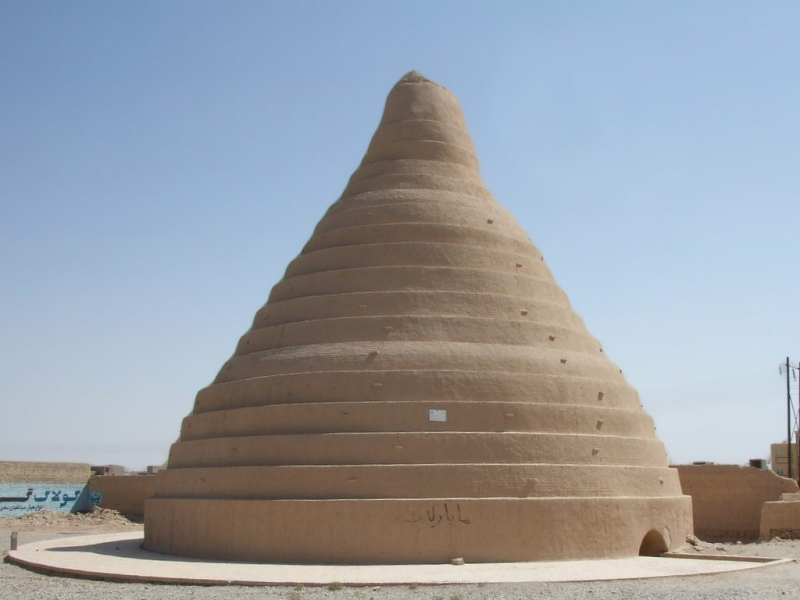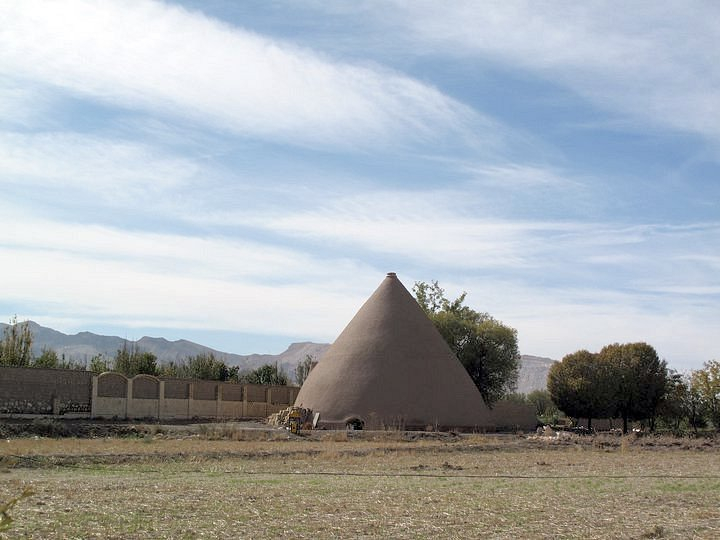Yakhchal
The term "yakhchal" refers to an ancient evaporation cooler. Yak means "ice" and chal means "pit." The majority of these prehistoric freezers were produced and utilized in Persia. By 400 BC, the Persians had perfected the art of creating and using the yakhchal.
The dome-shaped building above the ground had underground storage. The underground storage area was insulated year-round using heavy, heat-resistant building materials. The subsurface areas had a volume of up to 5,000 cubic meters. Many of these buildings were created many centuries ago and are still standing today.
Through the foundation and underground area, cold air infiltrated the building. The building's conical design allowed any trapped heat to rise and escape, keeping the interior at a lower temperature than the surrounding air. They were constructed using a special mortar called Saroj that is water resistant.
To make the mortar resistant to heat transmission and water, certain ratios of sand, clay, egg whites, goat's hair, and ash were used. The major purpose of the structures was to store ice, but they were also used to store food. The walls at the base of the structures were at least two meters thick. Ice was produced throughout the winter and kept during the summer in the yakhchal.













